In October of 1964 on my 18th birthday, I registered with my draft board in Springfield, Ohio, as a conscientious objector to war. As a follower of Jesus, I took seriously his words: “Do not resist an evil person…. Love your enemies (Matthew 5:39,44).
Following Jesus’ teaching, my father refused to make war products on his machine in the factory where he worked during World War II. Following my father’s example, I expected to be allowed to work for the common good as an alternative to military service.
However, I had a problem. I had used my four year student deferment with still another year needed to complete my undergraduate degree. Because I could no longer be deferred as a student I hoped to be recognized as a conscientious objector.
Yet, to my chagrin, my draft board did not assign conscientious objector status to anyone, including me. That board was the focus of a Look magazine article in the April 2, 1968, issue. The chair of Draft Board #13 said: “There’s nothing in the regulations to take care of a pacifist. We classify him 1-A.”
So, that is what I received, and I was ordered to report for induction into the US Army in December 1968. Prepared to step out of line and refuse military service, I apprehensively went for my physical to Fort Hayes in Columbus, Ohio. The officers warned us that most recruits entered the Army within eleven days of their physical.
At that point, the clerk of my draft board surprised me, informing me of an emergency 1-SC classification for persons like me who had exceeded the four year limitation for undergraduate education. It could only be used for the current academic year and only once. That was enough. At the end of that academic year, I entered seminary and was deferred as 4-D — a divinity student.
After graduating I became a pastor and remain a biblical pacifist.

